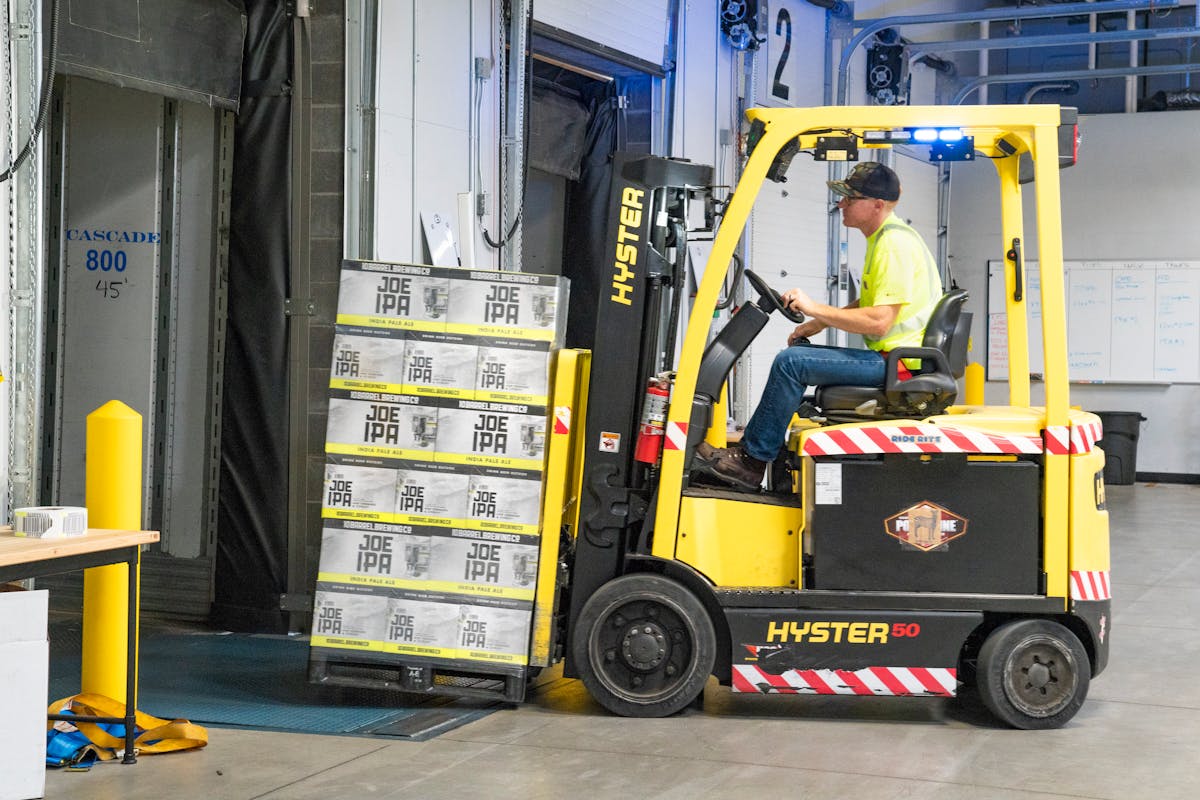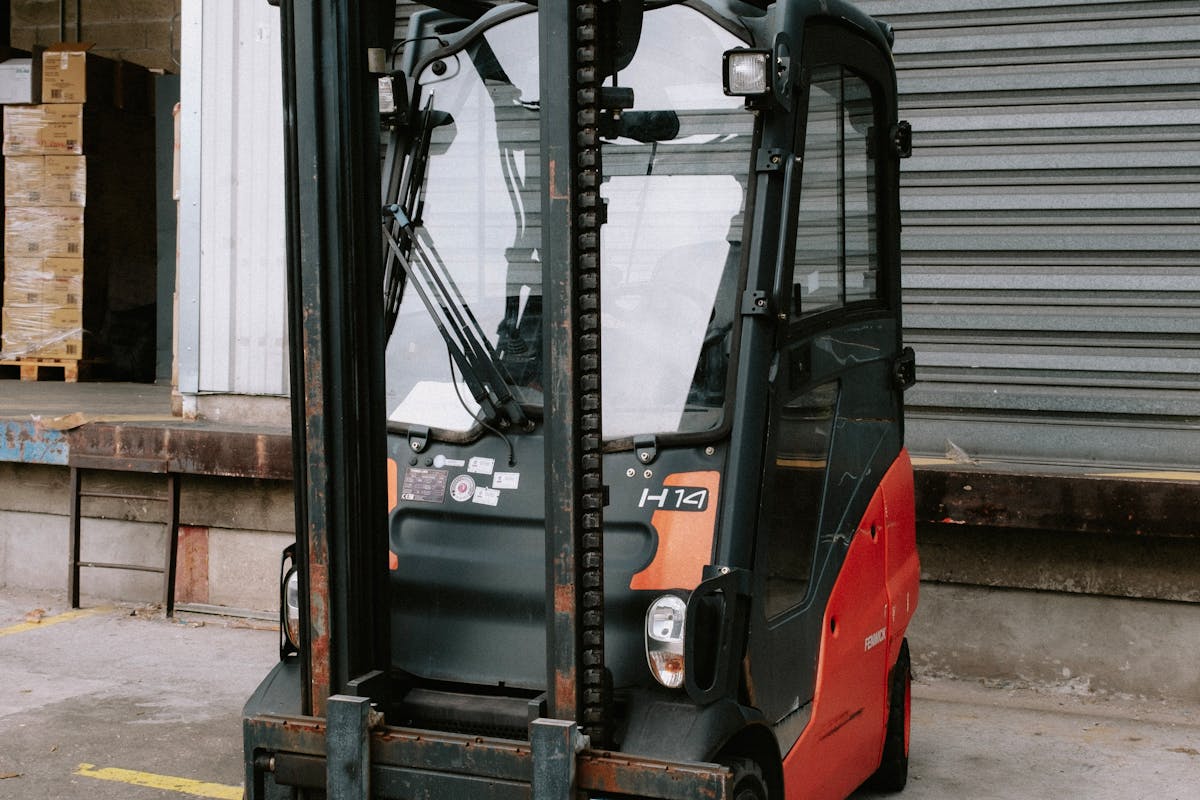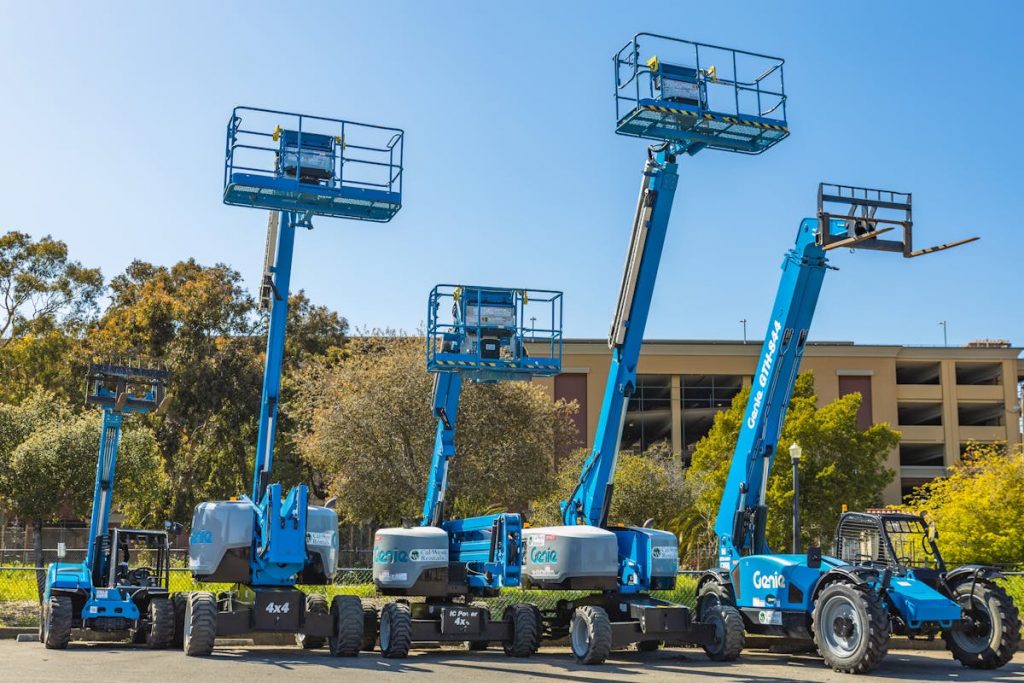- Auctions offer cost-effective options with diverse inventory, ideal for budget-conscious businesses.
- Quick acquisition through auctions minimizes downtime, perfect for immediate equipment needs.
- Potential for high-quality equipment at competitive prices, often with inspection opportunities.
- Limited warranty and after-sales support are drawbacks, necessitating thorough due diligence.
- Uncertainty regarding equipment history poses risks, emphasizing the importance of careful consideration.
When acquiring heavy equipment like forklifts, businesses often find themselves at a crossroads, especially in modern cities like Singapore, Germany, and Japan. Should they invest in brand-new machinery or explore more cost-effective options like buying from auctions? Forklifts are essential for many industries, facilitating the efficient movement of goods and materials. This article will delve into the pros and cons of purchasing forklifts through auctions, offering insights to help businesses make informed decisions.
Pros of Buying Forklifts through Auctions:
1. Cost-Effectiveness:
Auctions offer a significant advantage in terms of cost-effectiveness. Buyers can often buy used forklifts that are for sale at a fraction of the price of new ones. This affordability makes auctions attractive, especially for small businesses or those operating on tight budgets.
Bargaining Opportunities:
At auctions, buyers can negotiate prices, potentially securing even better deals. This flexibility allows businesses to maximize their budget and acquire quality forklifts without breaking the bank.
Access to Diverse Inventory:
Auctions feature a wide range of forklift models, brands, and specifications. This diversity gives buyers ample choices, ensuring they find equipment that meets their specific requirements and preferences.
2. Quick Acquisition:
Unlike traditional channels, buying forklifts at auctions can be a swift process. Once a suitable forklift is identified and the bidding is successful, the transaction can be completed promptly. This speed is particularly advantageous for businesses needing immediate equipment replacements or upgrades.

Reduced Lead Time:
Auctions eliminate the lengthy lead times associated with ordering new forklifts from manufacturers. Businesses can acquire equipment quickly, minimizing downtime and maintaining operational efficiency.
Ready Availability:
Auctions are regularly held, ensuring a steady supply of forklifts. This ready availability means businesses can capitalize on opportunities as they arise without waiting for specific procurement windows.
3. Potential for High-Quality Equipment:
Contrary to common misconceptions, many forklifts available at auctions are in excellent condition. Some are lightly used, while others may have undergone thorough refurbishment. This presents businesses with the opportunity to acquire high-quality equipment at competitive prices.
Inspection Opportunities:
Auctions often allow prospective buyers to inspect the forklifts beforehand. This hands-on evaluation enables businesses to assess the condition of the equipment and ensure it meets their standards before making a purchase.
Access to Maintenance Records:
In many cases, auctioned forklifts come with detailed maintenance records. These records provide valuable insights into the equipment’s service history, helping buyers make informed decisions regarding its reliability and longevity.
Cons of Buying Forklifts through Auctions:
1. Limited Warranty and After-Sales Support:
Unlike new forklifts, those purchased at auctions may not have warranties or comprehensive after-sales support. While some auctioneers may offer limited guarantees, buyers should be prepared for the possibility of shouldering repair and maintenance costs independently.
Risk of Hidden Defects:
Without robust warranties, buyers assume the risk of encountering hidden defects or mechanical issues post-purchase. Conducting thorough inspections and requesting maintenance records can somewhat mitigate this risk, but it remains a potential concern.

Challenges in Finding Parts:
Older or less common forklift models purchased at auctions may pose challenges when it comes to sourcing replacement parts. Businesses should factor in the availability of spare parts and the associated costs when considering auctioned equipment.
2. Uncertainty Regarding Equipment History:
While auctions provide access to diverse inventory, the lack of comprehensive documentation regarding a forklift’s history can be a drawback. Without insight into previous usage patterns, accidents, or maintenance practices, buyers may face uncertainty regarding the equipment’s reliability and longevity.
Potential for Hidden Damage:
Despite pre-sale inspections, there’s always a risk of overlooking hidden damage or structural issues. This uncertainty underscores the importance of conducting thorough due diligence before committing to a purchase at an auction.
Unknown Service and Maintenance History:
Without access to detailed service and maintenance records, businesses may find it challenging to assess auctioned forklifts’ overall health and performance. This ambiguity can impact long-term operational planning and maintenance strategies.
While purchasing forklifts through auctions offers compelling advantages in terms of cost-effectiveness, quick acquisition, and access to diverse inventory, it’s essential for businesses to weigh these benefits against potential drawbacks. From limited warranties and uncertainty regarding equipment history to challenges in finding parts, buyers must conduct thorough due diligence and carefully assess their specific needs before deciding. By approaching auctions with a discerning eye and leveraging available resources, businesses can effectively navigate the forklift market and acquire equipment that aligns with their operational requirements and budgetary constraints. Whether opting for auctions or exploring alternative procurement avenues, prioritizing quality, reliability, and long-term value should remain paramount in the quest for optimal forklift solutions.



